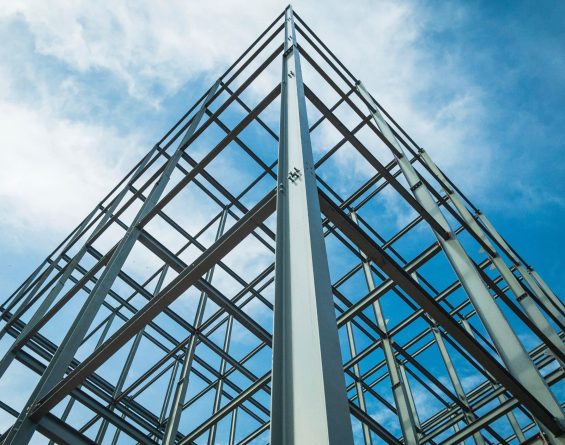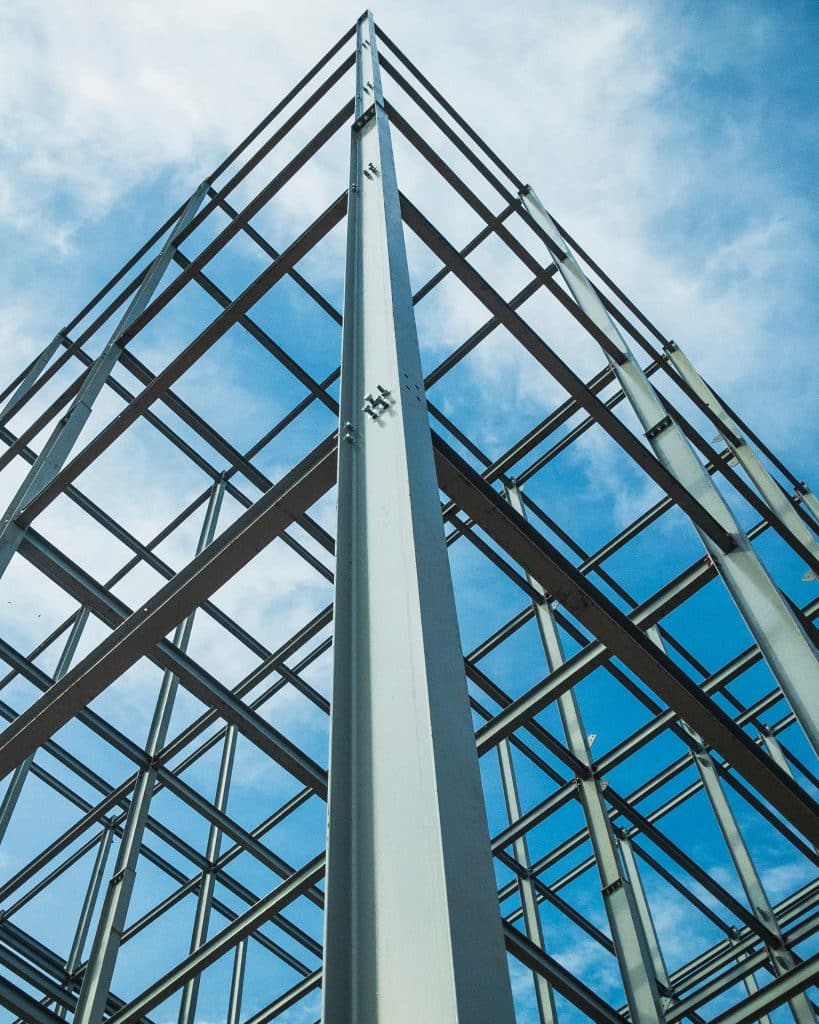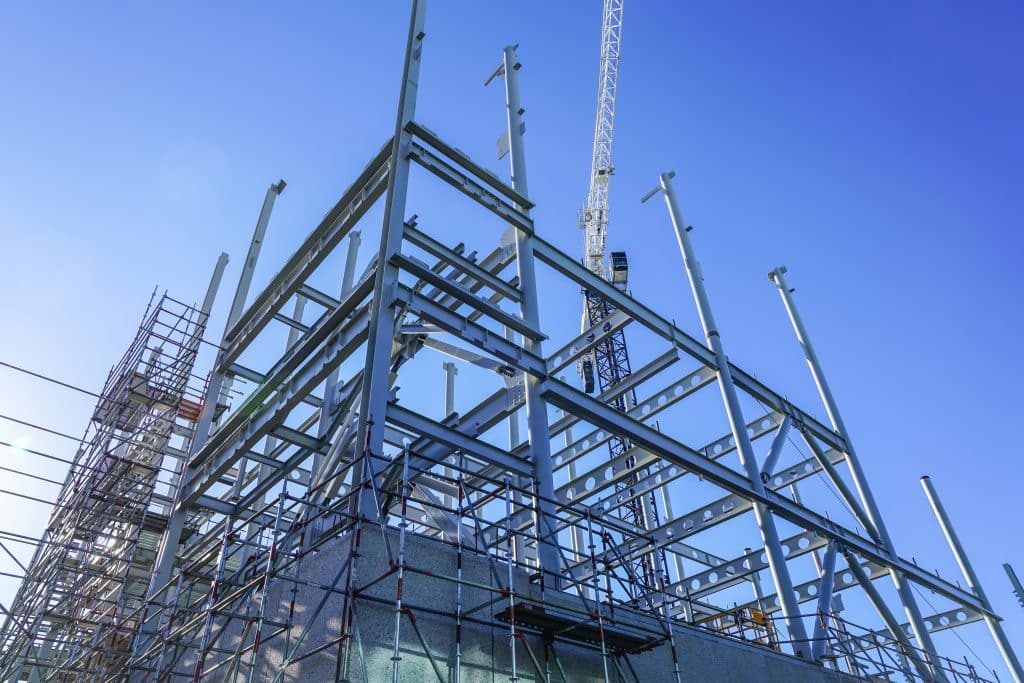Balancing Collaboration and Accountability: How Construction Administration Protects Healthcare Projects in the Nation’s Most Complex Environments
December 15, 2025

Each September, the American Institute of Steel Construction (AISC) hosts SteelDay, a nationwide opportunity to reflect on the role steel plays in shaping the built environment. While the event highlights fabrication shops, structural tours, and new research, its broader purpose is forward-looking: to showcase how steel continues to evolve to meet tomorrow’s challenges. For firms like ours—a Service-Disabled Veteran Owned Small Business (SDVOSB) dedicated to serving the Department of Veterans Affairs (VA)—SteelDay is more than a celebration. It’s a call to lead with expertise, innovation, and vision.

Building Facilities That Serve a Mission
In the VA portfolio, facilities aren’t simply buildings, they are places of healing, resilience, and service to those who have already given so much. Whether it’s a community-based outpatient clinic, a full-service hospital, or specialized research space, the structural demands are significant. These projects require durability, adaptability, and compliance with the highest risk category standards.
This is where our expertise in steel construction sets us apart. Steel allows us to create column-free spans that house advanced imaging suites, flexible floor plates that adapt to future care models, and structural resilience that ensures continuity of operations even under extreme events. As veterans’ healthcare continues to modernize, steel gives us the means to design facilities that evolve along with it.
Sustainability and the Circular Economy
A core theme of SteelDay 2025 is sustainability—a subject of increasing urgency in the federal sector. Steel stands at the forefront of the circular economy: it is the most recycled material in the world, and domestic mills are driving down embodied carbon through electric arc furnace production and new metallurgical processes.
For VA projects, this matters in more than abstract policy terms. The federal government has set ambitious goals for carbon reduction, energy efficiency, and resilient infrastructure. By leveraging steel’s sustainable attributes, we help our clients not only meet compliance benchmarks but also demonstrate leadership in climate-conscious construction. The message to stakeholders is simple: today’s VA facilities can be both technologically advanced and environmentally responsible.

Innovation in Design and Delivery
We believe the next era of healthcare construction lies in integrated, early collaboration. By involving fabricators, erectors, and detailers from the earliest design phases, we reduce risk and align expectations. Steel’s predictability and compatibility with BIM platforms allow us to bring owners, architects, and contractors together in a coordinated, transparent process.
Leading Clients into the Future
Our role as an SDVOSB is not only to design and deliver projects but to lead clients and partners into new ways of thinking. Steel is more than a material choice—it is a strategic decision that affects life cycle costs, operational flexibility, and mission readiness. We see our responsibility as helping clients understand how today’s structural choices position facilities for success decades into the future
For example, choosing composite steel framing can enable future vertical expansion without compromising today’s budget. Opting for modular steel assemblies can shorten construction durations, accelerating the delivery of critical services. Prioritizing recycled domestic steel contributes directly to the government’s ESG commitments. These are not just technical recommendations—they are leadership decisions that shape outcomes.
Looking Ahead
SteelDay 2025 is a reminder that the industry is not standing still. New alloys, digital fabrication techniques, and sustainability breakthroughs continue to redefine what is possible. For firms working in the VA sector, the challenge and the opportunity are clear: to pair deep technical knowledge with mission-driven purpose.
Our commitment is to remain at the forefront of this evolution—helping the VA, architects, and partners imagine what’s next, and then delivering facilities that are stronger, smarter, and more sustainable. As we move into this new era, one truth remains constant: steel continues to be the backbone not only of our buildings but of the future of veteran care.
